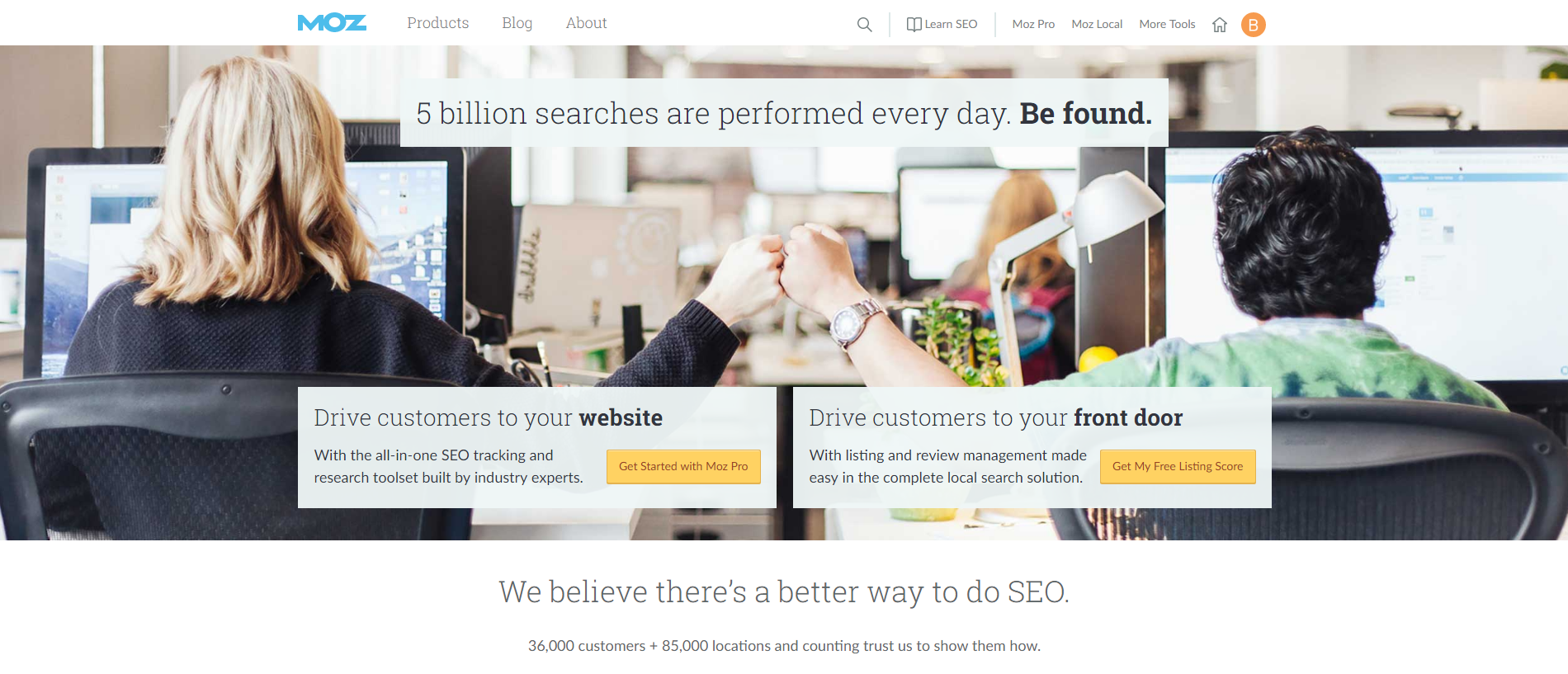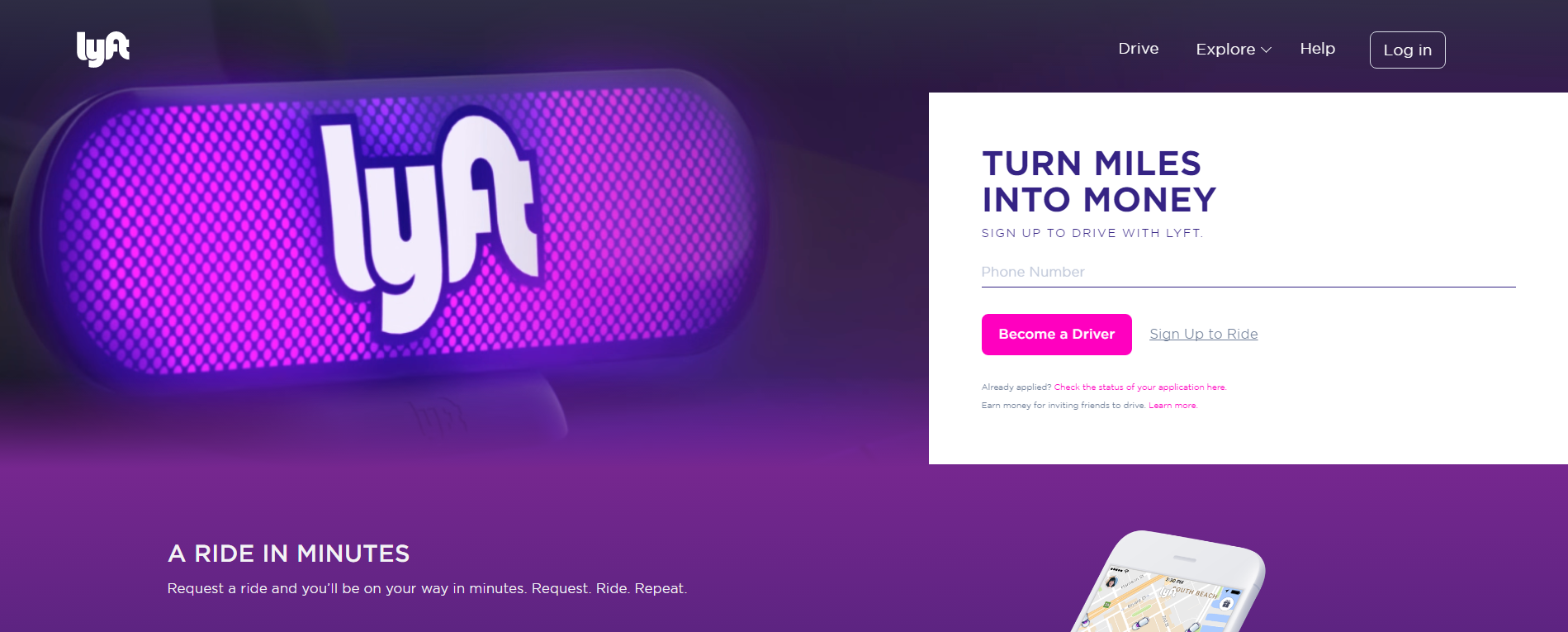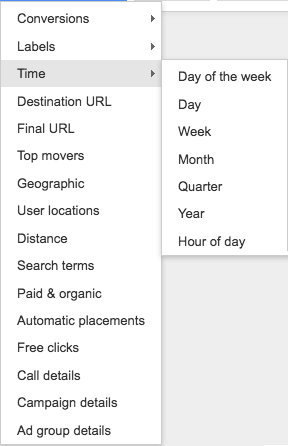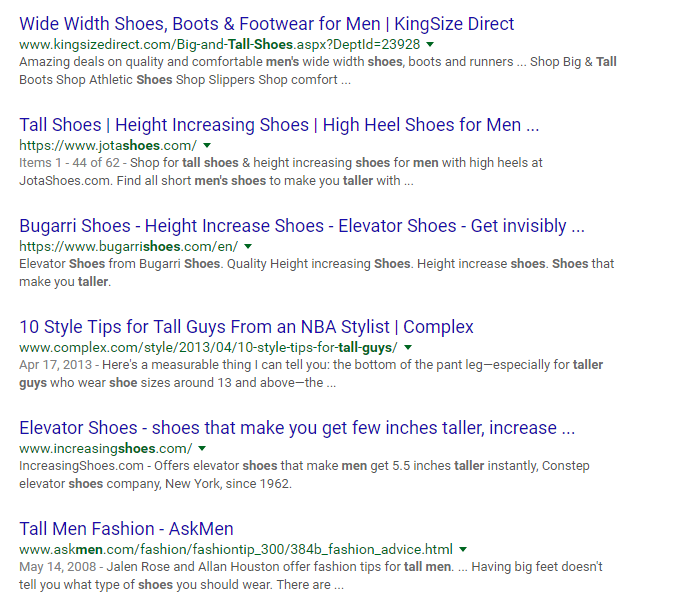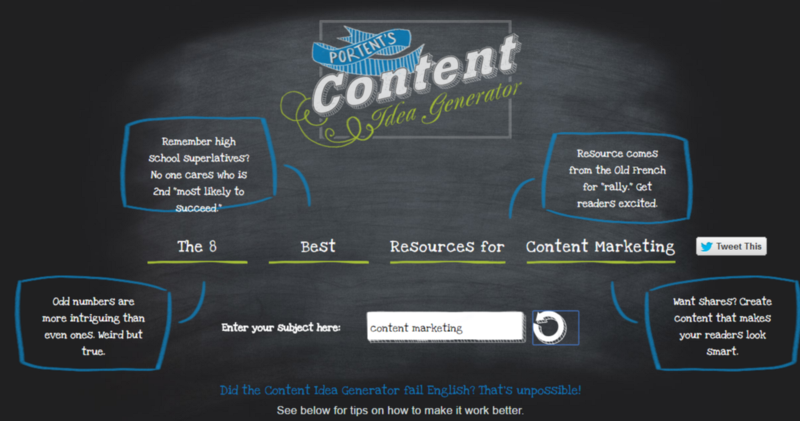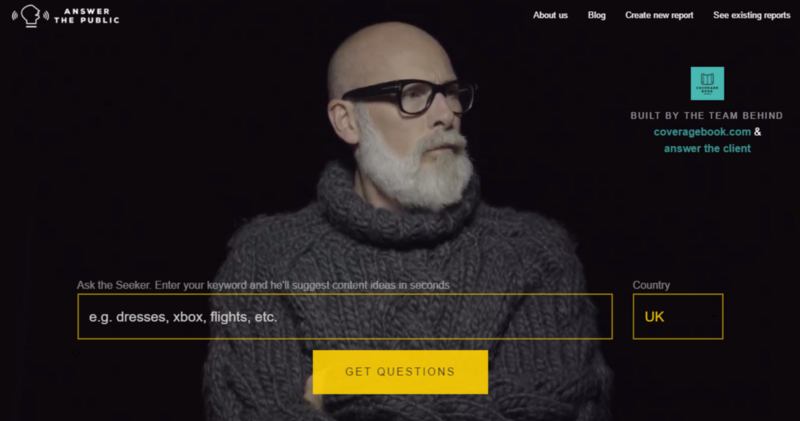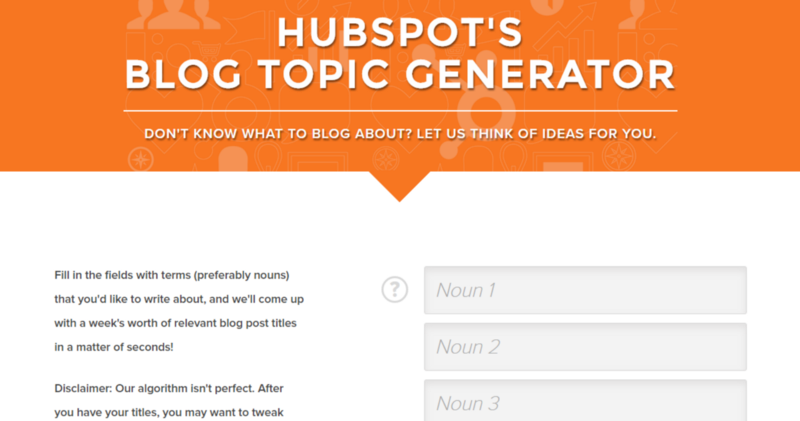Alternatives to Homepage Carousel Sliders (Say No to Sliders)
I could spend an entire post describing all the ways sliders are bad for SEO, conversion, page speed and usability. The reasons why you should avoid homepage sliders have been been the subject of multiple case studies over the years. If you’re using or considering the use of a content slider on your website, you’re hopefully asking:
What alternatives are there for homepage sliders?
Often, slider’s are used as a way to cheat on the valuable upper-fold of the homepage. The theory is that if you can fit one marketing message in the most visible area of your homepage, why not ten?
The issue there is on multiple fronts:
- First, user’s don’t want multiple marketing messages, they want the right content. Marketing departments want multiple marketing messages on the homepage which leads to the second issue.
- Second, “Carousels are effective at being able to tell people in Marketing/Senior Management that their latest idea is now on the Home Page” – Lee Duddel
How then do you serve the right content to your audience while satisfying marketing fears that you won’t be showing the right message?
A static hero image with multiple CTAs within
If your issue is that you have more than one main call to action, a simple approach is simply offering them both alongside a striking visual. Moz.com uses one such tactic well:
A hero background with CTAs split in three areas
Unbounce goes a similar route but splits their messages & calls to actions between the header, the main hero image and directly below it:
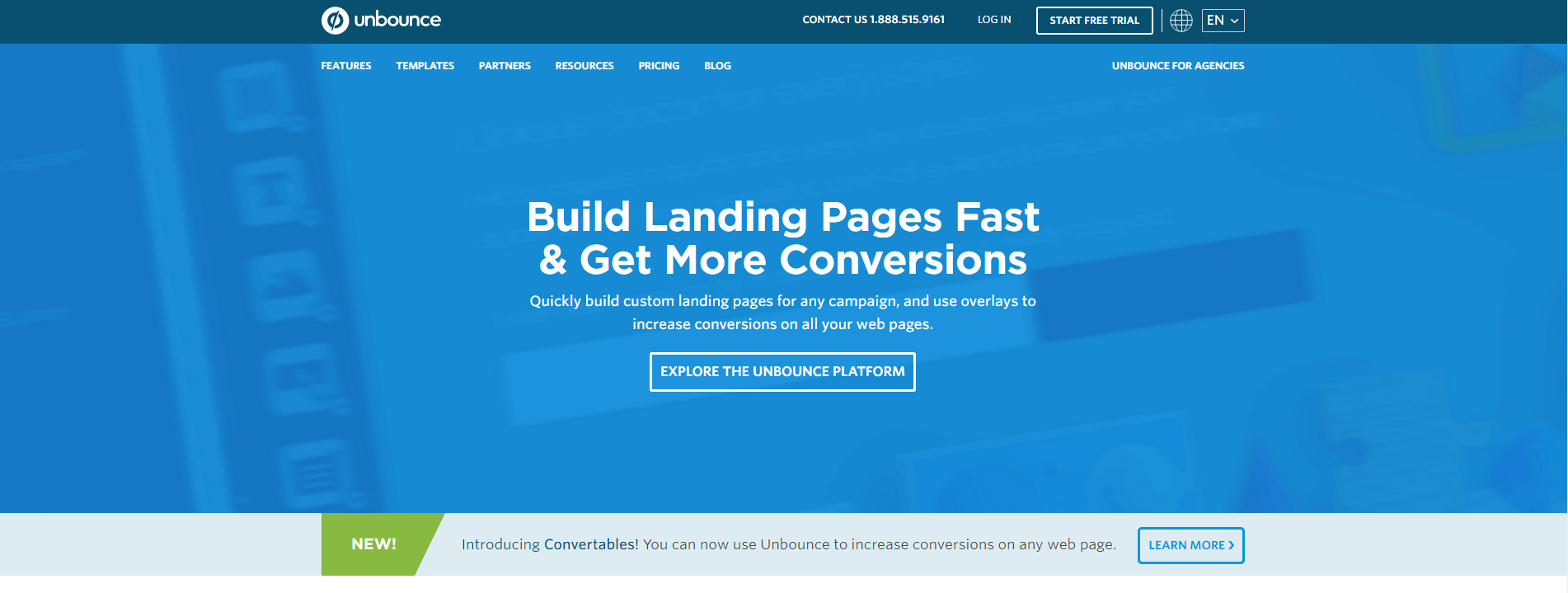
Hero background image with a tagline and singular call to action along with a secondary one below it and another in the header. (Screenshot of Unbounce.com)
A singular CTA and quick form
If there’s a real strategic reason for multiple main CTAs on the homepage, then the above are great alternatives. However, in most cases, having multiple CTAs is typically a symptom of a marketing department not having faith in a singular CTA.
Lyft puts it’s eggs in a singular basket on their homepage, knowing that users will typically already be using their app while potential drivers are more likely to visit their website.
What slider alternatives have you used?
The above are great examples of slider alternatives but maybe you’ve found something not listed above? Let us know in the comments!

